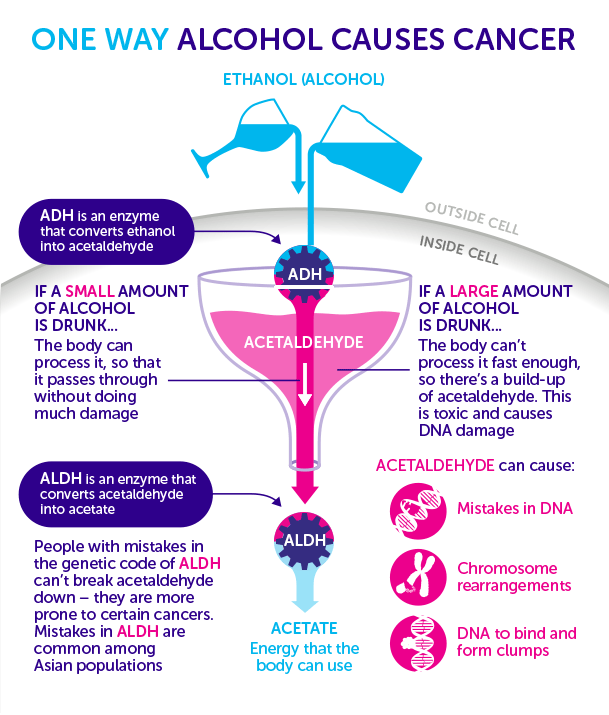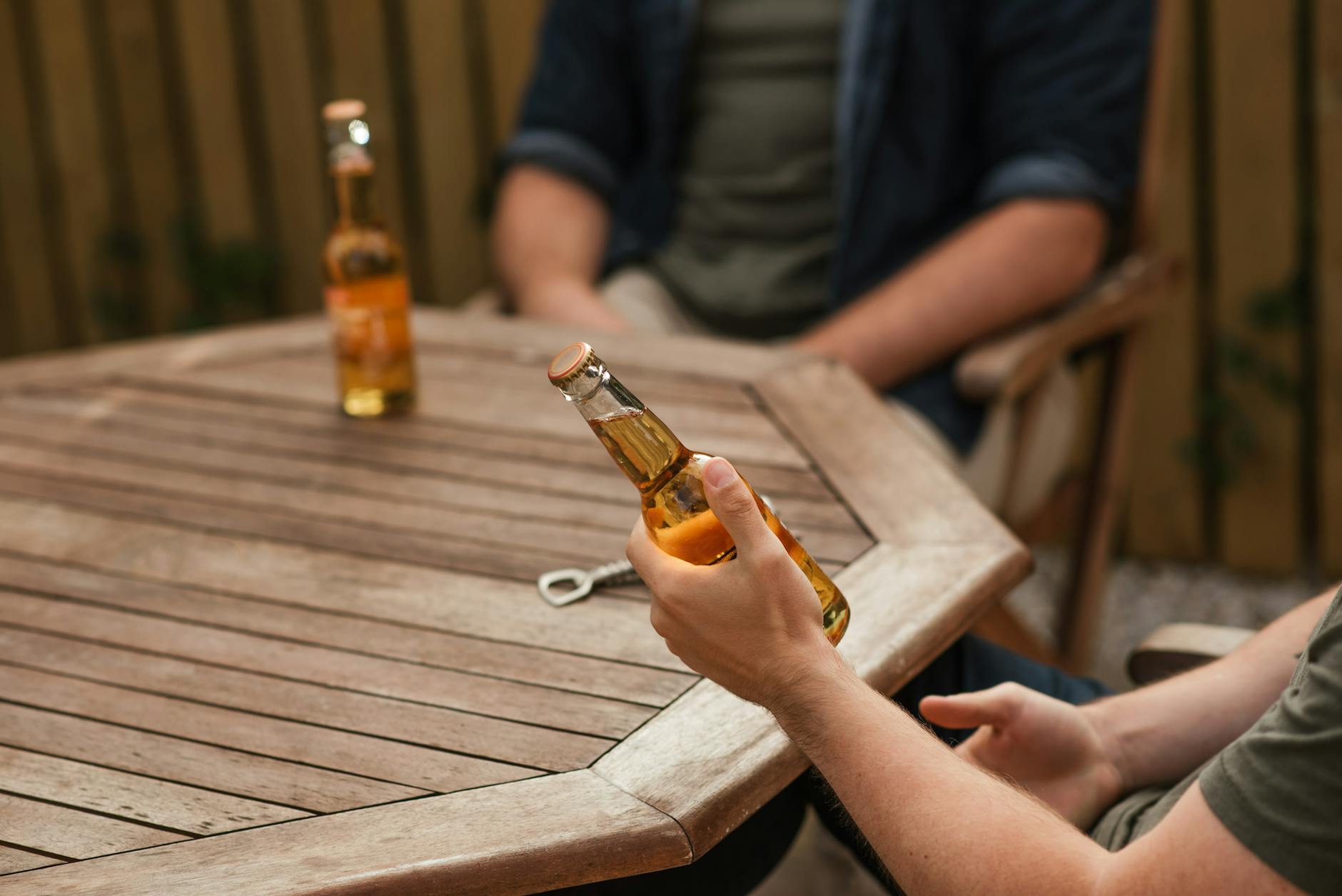Discover the hidden secrets of beer intoxication and its impact on the body in this fascinating investigative blog post. Cheers!
Table of Contents
Intoxication is a phenomenon that has fascinated and puzzled humans for centuries. One common question that often arises among those partaking in social drinking is: how many beers does it take to get drunk? The answer, however, is not as straightforward as one might think. In this blog post, we will delve deep into the science behind alcohol metabolism, individual tolerance levels, and various factors influencing intoxication to uncover the truth behind this age-old question.
Alcohol Metabolism
alcohol metabolism is a complex process that plays a crucial role in determining how quickly and effectively our bodies process and eliminate alcohol. When we consume beer, the alcohol it contains is absorbed into the bloodstream through the stomach and small intestine. From there, the liver works to break down the alcohol using enzymes like alcohol dehydrogenase and acetaldehyde dehydrogenase. This process ultimately converts alcohol into acetaldehyde and then into acetic acid, which is eventually excreted from the body.
Several factors can influence the speed at which alcohol is metabolized in the body. Weight, gender, and genetic factors all play a role in determining an individual’s alcohol metabolism rate. Generally, those with larger body mass tend to metabolize alcohol more efficiently than those with smaller body mass. Additionally, women tend to metabolize alcohol at a slower rate than men due to differences in body composition and enzyme production. Genetics can also impact alcohol metabolism, with some individuals having variations in their enzymes that affect their ability to process alcohol effectively.
Individual Tolerance Levels
Alcohol tolerance is another key factor in determining how many beers it takes to get drunk. Tolerance refers to the body’s ability to handle and process alcohol over time. Individuals who regularly consume alcohol may develop a higher tolerance level, meaning they require more alcohol to feel intoxicated. However, it is essential to note that tolerance is not a foolproof protection against alcohol-related harm. Even individuals with high tolerance levels are still at risk for alcohol poisoning and other negative health effects if they consume excessive amounts of alcohol.
Building a tolerance to alcohol is not a sustainable or healthy practice. It is crucial for individuals to be mindful of their drinking habits and understand their limits when it comes to alcohol consumption. Responsible drinking involves knowing when to stop and recognizing the signs of intoxication before reaching a dangerous level.
Factors Influencing Intoxication
Several factors can influence how quickly and intensely someone becomes intoxicated after consuming beer. One significant factor is food consumption. Eating a meal before or while drinking can help slow down alcohol absorption and reduce the risk of becoming overly intoxicated. Additionally, staying hydrated by drinking water between alcoholic beverages can help dilute alcohol in the bloodstream and alleviate some of its effects on the body.

Image courtesy of news.cancerresearchuk.org via Google Images
The type of beer consumed also plays a role in intoxication levels. Beers with higher alcohol content, such as craft beers or IPAs, can lead to quicker intoxication compared to lighter beers with lower alcohol percentages. It is essential for individuals to be aware of the alcohol content of the beers they are consuming and pace themselves accordingly to avoid unintended intoxication.
Mental state and emotions can also influence intoxication levels. Strong emotions like stress, anger, or sadness can amplify the effects of alcohol and lead to faster intoxication. Being in a relaxed and positive state of mind while consuming alcohol can help mitigate its effects and promote a more enjoyable drinking experience.
Conclusion
As we have explored in this blog post, the answer to the question of how many beers it takes to get drunk is not a simple one. Alcohol metabolism, individual tolerance levels, and various factors influencing intoxication all play a role in determining how alcohol affects the body. By understanding these factors and practicing responsible drinking habits, individuals can make informed decisions about their alcohol consumption and prioritize their health and safety.
FAQ
How does alcohol metabolism differ between individuals?
Alcohol metabolism varies based on factors like weight, gender, and genetics. Individuals with larger body mass tend to metabolize alcohol more efficiently, while women generally metabolize alcohol at a slower rate than men due to differences in body composition.
What role does alcohol tolerance play in intoxication?
Alcohol tolerance refers to the body’s ability to handle alcohol over time. Those with higher tolerance levels may require more alcohol to feel intoxicated. However, tolerance does not guarantee protection from alcohol-related harm and individuals should always drink responsibly.
How does food consumption affect intoxication levels?
Eating a meal before or while drinking can slow down alcohol absorption, reducing the risk of becoming overly intoxicated. Staying hydrated by drinking water between alcoholic beverages can help dilute alcohol in the bloodstream and alleviate some of its effects on the body.
What factors influence how quickly someone becomes intoxicated after consuming beer?
Factors like the type of beer consumed, mental state, and emotions can influence intoxication levels. Beers with higher alcohol content can lead to quicker intoxication. Strong emotions like stress can amplify the effects of alcohol, while being in a relaxed state of mind can help mitigate its effects.
Generated by Texta.ai Blog Automation


Leave a Reply